
When it comes to enhancing the beauty of your garden, silver foliage plants are a wonderful choice. These stunning plants with silver leaves add a touch of elegance and sophistication to any landscape.
Whether you’re looking to create a formal garden or a rustic-style flower bed, silver foliage plants are the perfect addition. Their silvery foliage pairs beautifully with a variety of colors, adding visual interest and charm to your yard.
There is a wide range of silver-leaf plants to choose from, including Artemisia, Blue Fescue, Dianthus, Dusty Miller, Echeveria, Lamb’s Ears, Lavender, and many more.
These plants are not only visually appealing but also versatile in their uses. They can be used in mass plantings and drifts, as well as in containers or as a low-growing ground cover.
One of the great advantages of silver foliage plants is that they are low-maintenance and drought-resistant, making them ideal for gardens in various climates.
Whether you’re dealing with scorching summers or freezing winters, these plants will thrive and continue to add beauty to your landscape. So why not consider adding some silver foliage plants to your garden? Their soft and elegant appearance will surely create a stunning visual impact and transform your yard into a serene and enchanting space.
Key Takeaways:
- Silver foliage plants add elegance and sophistication to any garden.
- They pair well with a variety of colors, enhancing the visual appeal of your landscape.
- These plants are versatile and can be used in mass plantings, containers, or as ground covers.
- They are low-maintenance and drought-resistant, making them suitable for different climates.
- Add silver foliage plants to your garden to create a serene and enchanting space.
Artemisia: A Versatile Silver-Leaf Plant
When it comes to silver-leaf plants, Artemisia is a true standout. With its fine-textured foliage and elegant appearance, it adds a touch of sophistication to any garden or container garden. This versatile plant is known for its silvery leaves that bring a soft and silvery sheen to your landscape.
Artemisia is considered a neutral plant in garden design, which means it pairs well with any other plant. Whether you’re looking to create a formal garden or a more rustic-style flower bed, Artemisia blends seamlessly with different colors and textures. Its fine-textured foliage adds depth and interest to your yard, making it a valuable addition to your silver foliage garden.
This sun-loving perennial is suitable for Zones 4-8, but can also be grown as an annual in colder or hotter climates. It thrives in well-drained soil and requires minimal maintenance, making it a great choice for busy gardeners. Whether used in mass plantings or as a standalone specimen, Artemisia is sure to impress with its silvery beauty.
With its versatility and stunning silver foliage, Artemisia is a must-have plant for any garden enthusiast. Whether you’re a beginner gardener or a seasoned pro, this plant will add a touch of elegance to your landscape and bring joy for years to come.
Blue Fescue: Creating a Geometric Look with Silvery-Blue Foliage
When it comes to adding a touch of elegance to your garden, look no further than the stunning blue fescue. With its silvery-blue foliage and fine-textured leaves, this ornamental grass is a favorite among gardeners. Its compact and tidy growth habit allows you to create a fun and geometric look when planting it en masse.
Not only does blue fescue bring a unique color to your garden, but it also adds depth and visual interest. The silvery-blue foliage creates a beautiful contrast against other plants, especially when paired with vibrant flowers or the bold hues of lavender. Whether used as a border plant or in containers, blue fescue never fails to catch the eye.
One of the best things about blue fescue is its low-maintenance nature. This perennial thrives in sunny spots and is suitable for Zones 4-8. Its non-aggressive spreading habit makes it an excellent choice for keeping borders neat and tidy. You can rely on blue fescue to maintain its lovely silvery-blue foliage throughout the seasons.
If you’re looking to create a garden with a geometric look, blue fescue is the perfect choice. Its compact size and fine-textured foliage make it an ideal companion for other plants. Whether you’re a seasoned gardener or just starting out, blue fescue is a versatile plant that will add sophistication and a touch of the extraordinary to your landscape.
After reading this, check out our other articles on:
- Grow Lush Living Spaces: Your Guide to Foliage House Plants
- Discover the Beauty of Red Foliage Plants for Your Garden
FAQ
What are some examples of silver-leaf plants?
Some examples of silver-leaf plants include Artemisia, Blue Fescue, Dianthus, Dichondra ‘Silver Falls’, Dusty Miller, Echeveria, Eucalyptus, Lamb’s Ears, Lavender, Texas Sage, Sedum, and more.
How can silver-leaf plants be used in garden design?
Silver-leaf plants can be used in mass plantings and drifts, as well as in containers or as a low-growing ground cover. They are versatile and add a soft and elegant look to any garden design.
Are silver-leaf plants low-maintenance?
Yes, many silver-leaf plants are low-maintenance and drought-resistant, making them ideal for gardens in various climates.
What colors do silver foliage plants pair well with?
The silver foliage of these plants pairs well with a wide range of colors, from cool blues and lavenders to bold reds and oranges.
What is Artemisia known for?
Artemisia is a popular silver-leaf plant known for its fine-textured foliage and elegant appearance. It is a true neutral in garden design, as it looks good paired with any other plant.
Where can Artemisia be grown?
Artemisia is suitable for Zones 4-8, but can also be grown as an annual in colder or hotter Zones. It thrives in sunny spots.
What is Blue Fescue known for?
Blue Fescue is a top choice for gardeners wanting the silvery-blue look in their landscapes. It has compact and tidy growth habit, creating a fun and geometric look when used en masse.
Where does Blue Fescue thrive?
Blue Fescue thrives in sunny spots in Zones 4-8 and is an excellent choice for borders and containers.

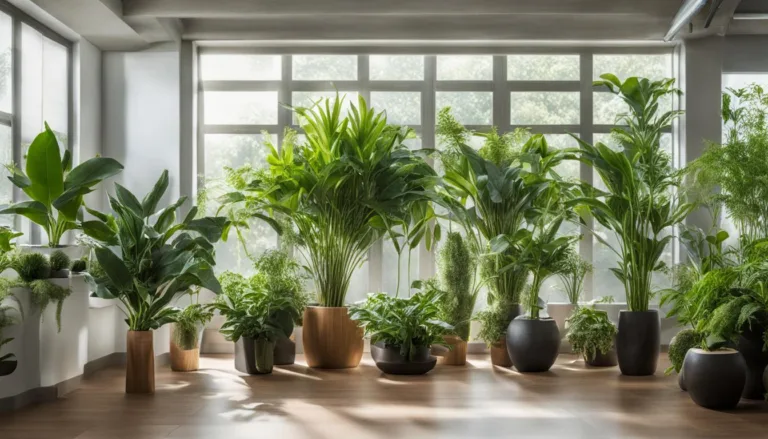
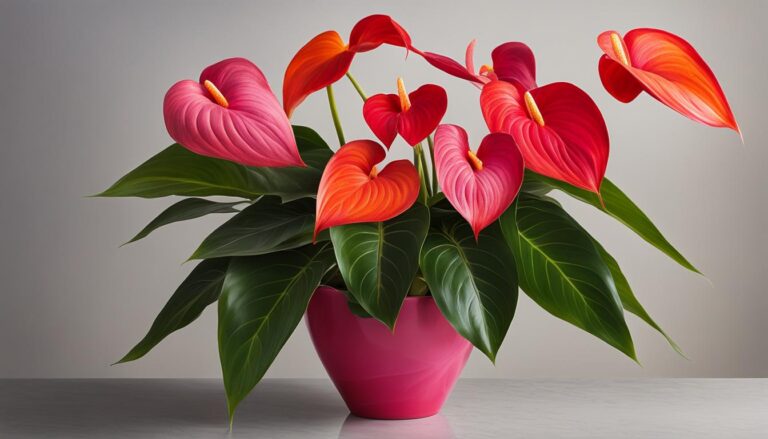
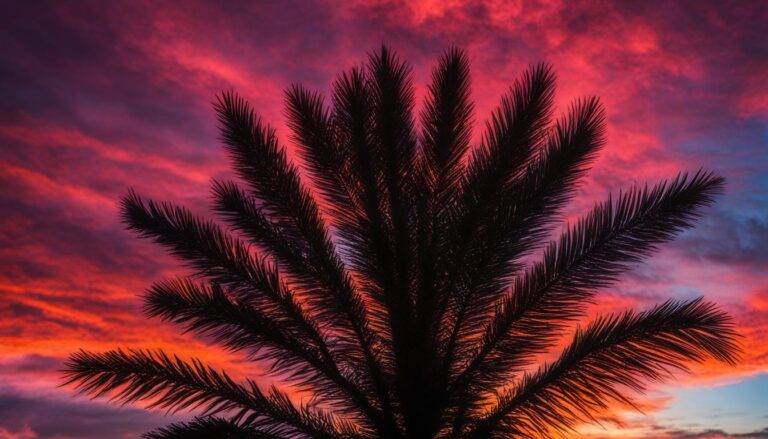
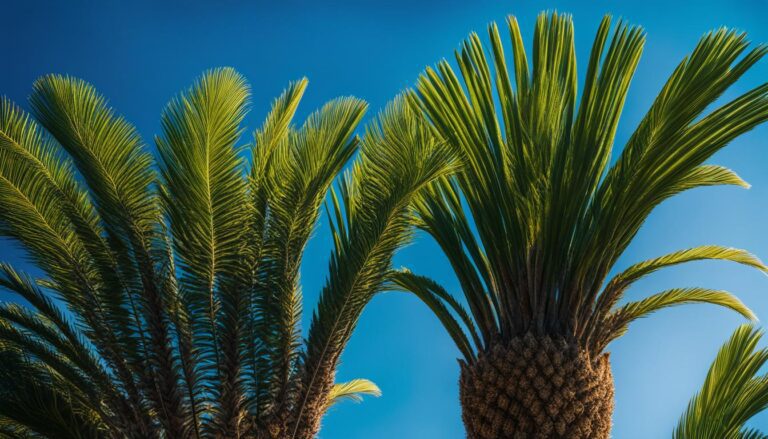
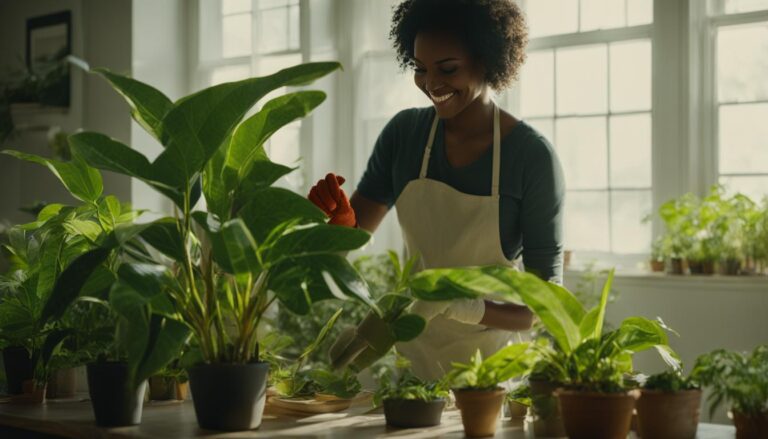

2 Comments
Comments are closed.